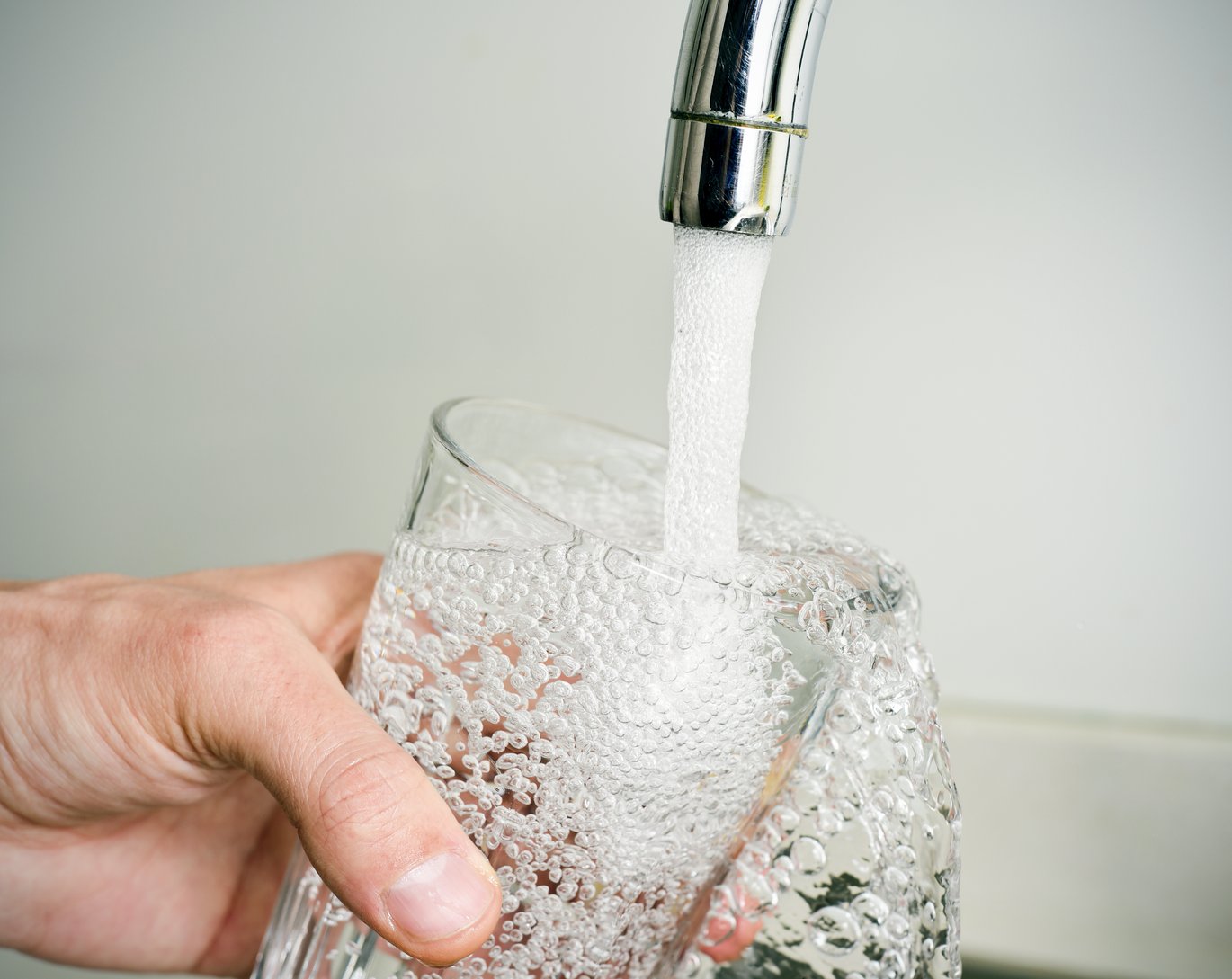Danish tap water is microplast free
“No significant concentrations of microplastic” in Danish tap water a new report concludes. The report is the result of a study done by scientists from DCE – Danish Centre for Environment and Energy.

Microplastic (MP) is a pervasive pollutant found in sediment, water and biota throughout the world. However, the extent to which humans are exposed to this contaminant is not well researched. Recently studies have indicated that MP is also present in tap water, bottled water and food destined for human consumption.
In a new report, scientists from DCE – National Centre for Environment and Energy have investigated the presence of MP in drinking water from 17 sites around Denmark. 50 L of drinking water were sampled per site directly from taps through 10 µm stainless steel filters in a closed steel filter system to prevent contamination.
Additionally, three tap water samples were passed directly through Anodisc filters (ø 2.5 cm, pore size 0.2 µm) for additional chemical µFT-IR analysis to detect potential MP < 100 µm. This analysis mapped particles in 10 % of the Anodisc filter area (corresponding to 10 % of all particles per sample), and the direct transfer process meant that any potential bias from visual picking of particles could be excluded.
Results from a visual assessment of filters showed that in average 15.6 MP-like particles > 100 µm were observed per 50 L water sample. In 16 of the 17 samples, the number was below the limit of detection (29 per 50 L) and in the sample with the highest concentration, 30 MP-like particles per 50 L were observed.
Identification by ZnSe discs showed that 3 % of the MP-like particles were verified as MP, whereas the majority consisted of cellulose-like material (76 %), and the rest were poor spectra (10 %), unknown (7 %) or protein-like (4 %). The types of MP particles detected in the tap water samples were polyethylene terephthalate, polypropylene and polystyrene. Using the Anodisc method, polyethylene terephthalate and polypropylene were also found, as well as acrylonitrile butadiene styrene and polyurethane.
Due to the concentrations of MP below the limit of detection, no conclusions regarding the origin of MP from either tap water or sample contamination could be made. In contrast to previous American and Danish studies of MP in drinking water, this study shows no significant concentrations of MP in Danish tap water.
Read the full report here
For more information, please contact Jakob Strand
E-mail: jak@bios.au.dk
Telephone: +4587158654
